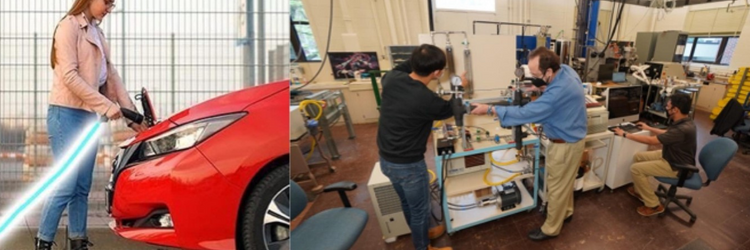NASA Cooling Technique for Space Makes Charging EVs Fast and Easy
NASA’s Biological and Physical Sciences Division sponsored a team that developed the Flow Boiling and Condensation Experiment (FBCE). It enables a two-phase fluid flow and heat transfer experiment on the ISS in the long-duration microgravity environment. The new “subcooled flow boiling” technique has greatly improved heat transfer effectiveness and could be used to control the temperatures of future systems in space.
Some of the systems using this new tech include:
- Nuclear fission power systems for missions to the Moon, Mars
- Vapor compression heat pumps to support Lunar and Martian habitats
- Systems to provide thermal control and advanced life support onboard spacecraft
NASA’s new technology will achieve orders-of-magnitude improvement in heat transfer to enable these systems to maintain proper temperatures in space. It also allows significant size and weight reductions of the hardware.
The technology may make owning an EV on Earth easier and more feasible.
Before electric cars can become widely used, engineers must reduce the time required to charge a vehicle. Charging times vary widely, from 20 minutes at a station alongside a roadway to hours using an at-home charging station.
A charging station conductor typically consists of a bundle of wires. Due to temperature limits, charging cables for conventional, 350-ampere, “fast charging” systems require sizable conductors, rendering the charging cable heavy. If we can reduce the charging time for electric vehicles to five minutes, they will need charging systems to provide currents at 1,400 amperes vs. today’s advanced chargers with currents up to 520 amperes. Charging systems providing 1,400 amperes will generate significantly more heat than current systems, however, and will require improved methods to control temperature.
Recently, the team applied the “subcooled flow boiling” principles learned from the NASA FBCE experiments to EV charging. Subcooled flow boiling allows Mudawar’s team to deliver 4.6x the current of the fastest available electric vehicle chargers by removing up to 24.22 kilowatts of heat. The technology resulted in an unprecedented reduction of the time required to charge a vehicle and may remove significant barriers to the global adoption of EVs.

